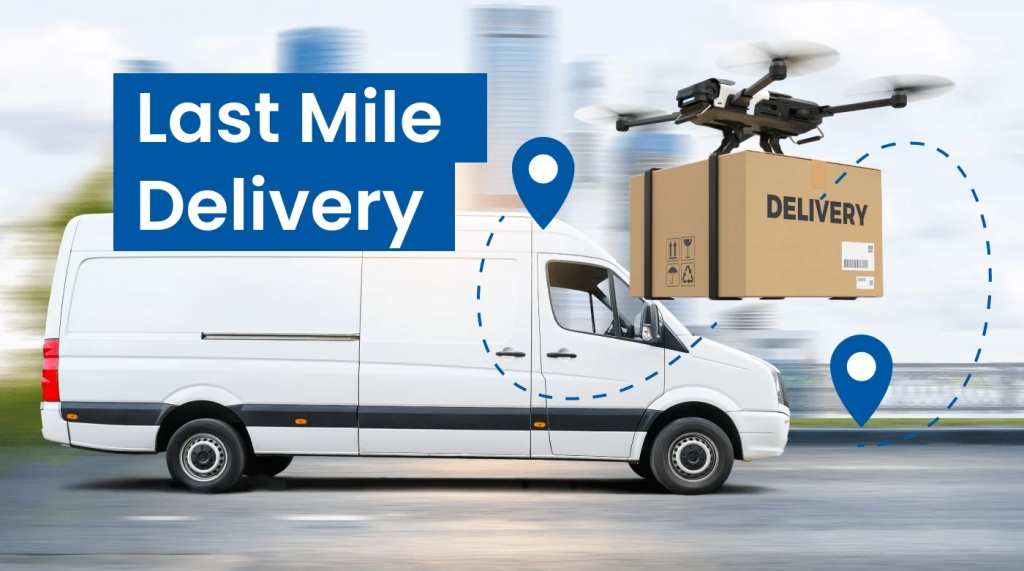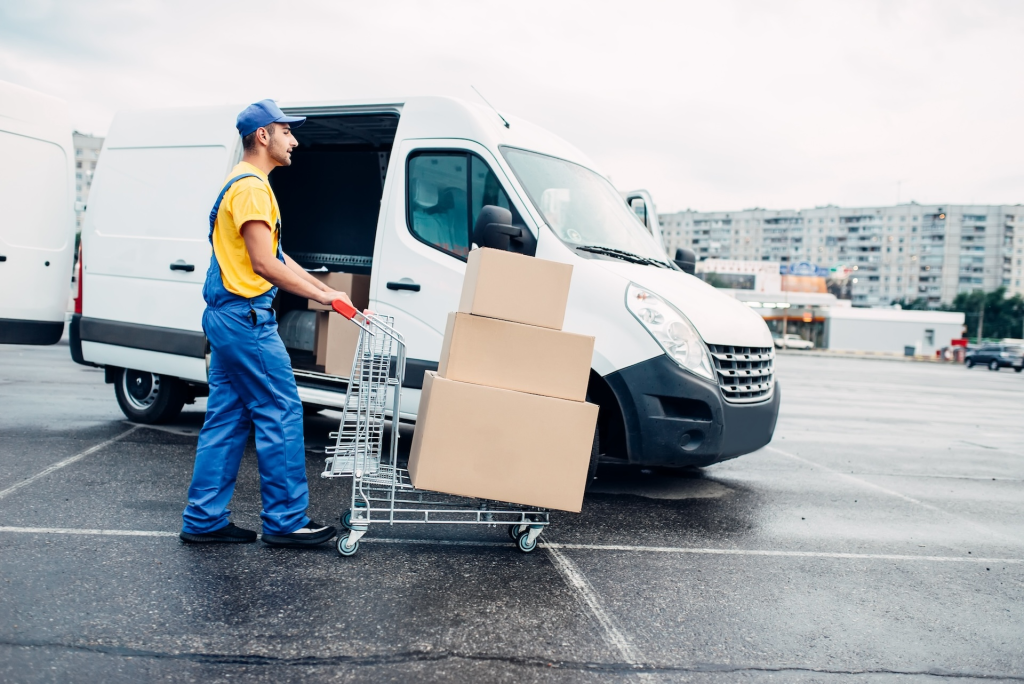Sustainable Cross-Border Ecommerce Logistics Tips
Sustainability has become a critical priority for global consumers and businesses alike. For cross-border ecommerce sellers, integrating sustainable logistics solutions is no longer just a branding advantage—it is essential for long-term competitiveness, regulatory compliance, and environmental responsibility. This article explores key sustainable logistics practices for cross-border ecommerce, and how platforms like PostalParcel are enabling greener, more efficient international fulfillment.

1. The Need for Sustainable Cross-Border Ecommerce Logistics
Cross-border ecommerce inherently involves long-distance shipping, complex supply chains, and multiple transportation modes, all of which contribute significantly to carbon emissions. Additionally, inefficient routing and high return rates exacerbate environmental impacts. Consumers are becoming increasingly conscious of these issues, with studies showing that over 70% prefer to buy from eco-friendly brands.
Therefore, implementing sustainable logistics practices is vital to:
- Reduce environmental footprint
- Meet evolving customer expectations
- Comply with international environmental regulations
- Differentiate your brand in competitive markets
2. Implement Carbon-Efficient Shipping Options
Choosing the most carbon-efficient shipping methods plays a crucial role in reducing environmental impact. Best practices include:
- Consolidating shipments to reduce frequency and optimize container usage
- Using sea freight for non-urgent bulk orders instead of air freight, which has a higher carbon footprint
- Collaborating with carriers offering carbon-neutral or low-emission delivery services
PostalParcel’s smart routing algorithms prioritize carrier selection based on both cost and sustainability factors, giving sellers the flexibility to balance speed, price, and environmental goals.
3. Leverage Distributed Warehousing to Shorten Last-Mile Delivery

Storing inventory closer to key markets not only improves delivery speed but also reduces transportation emissions. Distributed warehousing enables sellers to:
- Avoid long-haul international air shipping for each order
- Consolidate bulk shipments to regional warehouses
- Utilize local last-mile delivery services with lower carbon footprints
PostalParcel’s distributed warehousing network across Asia, Europe, and North America helps sellers strategically place inventory, significantly lowering both emissions and transit costs.
4. Green Energy Warehousing: Reducing Operational Emissions
Traditional warehouses consume significant energy for lighting, climate control, and operations. Adopting green energy solutions within warehouses enhances sustainability efforts. Strategies include:
- Installing solar panels to power warehouse operations partially or fully
- Using energy-efficient LED lighting and smart lighting systems
- Implementing automated energy monitoring to optimize consumption
PostalParcel partners with eco-certified warehouses that utilize renewable energy sources, reducing the carbon footprint of storage operations and supporting sellers’ environmental commitments.
5. Optimize Reverse Logistics for Sustainability

Returns are unavoidable in ecommerce, but reverse logistics can be optimized to reduce environmental impact:
- Implement clear sizing guides and detailed product information to reduce return rates
- Use local return hubs to avoid international return shipping for each item
- Refurbish, recycle, or resell returned products to minimize waste
PostalParcel offers overseas return hubs and quality inspection services, enabling sellers to recover value from returned products while lowering reverse shipping emissions.
6. Invest in Digitalization and Smart Logistics Technologies
Digitalization enhances visibility and operational efficiency, leading to more sustainable logistics. For cross-border ecommerce, this includes:
- Real-time tracking to optimize routes and reduce unnecessary re-deliveries
- IoT sensors to monitor temperature, humidity, and handling conditions, reducing spoilage and waste
- AI-powered demand forecasting to avoid overstocking and excess storage-related emissions
PostalParcel integrates advanced tracking, IoT, and AI-based inventory planning tools to help sellers streamline their global operations sustainably.
7. Collaborate with Sustainable Partners

Choosing fulfillment and carrier partners with strong sustainability commitments ensures your logistics processes align with environmental goals. Criteria to consider include:
- Membership in international environmental standards organizations (e.g. ISO 14001)
- Investments in electric vehicle fleets or alternative fuels
- Participation in carbon offset programs
PostalParcel maintains strategic partnerships with eco-conscious carriers and logistics providers, ensuring sellers can offer greener shipping options to customers.
Conclusion
Sustainable logistics is not just an ethical choice—it is a strategic imperative for cross-border ecommerce businesses aiming to thrive in an environmentally conscious market. By choosing carbon-efficient shipping methods, leveraging distributed and green energy warehousing, improving reverse logistics, investing in digitalization, and collaborating with sustainable partners, sellers can significantly reduce their environmental impact while enhancing operational efficiency.
Platforms like PostalParcel are at the forefront of this shift, providing integrated solutions that make sustainable cross-border fulfillment achievable and scalable. For ecommerce brands committed to a greener future, now is the time to embed sustainability into every aspect of your global logistics strategy.
Industry Insights
news via inbox
Nulla turp dis cursus. Integer liberos euismod pretium faucibua








